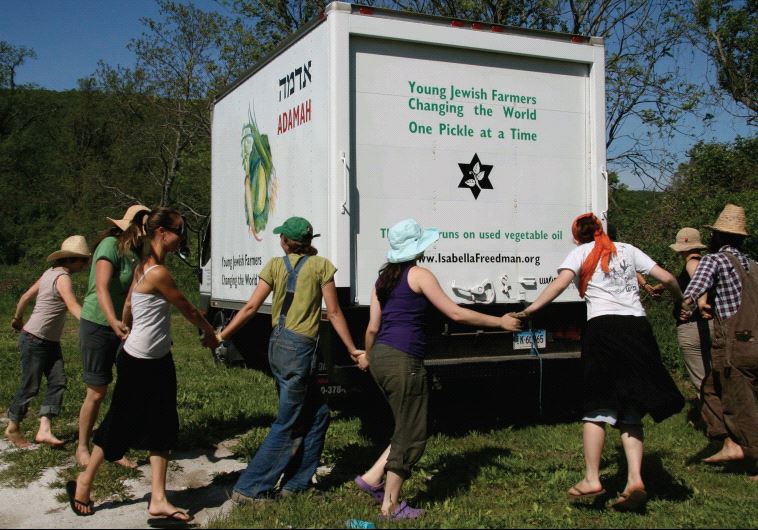SUSTAINING THE SOUL
Educator Elan Margulies says the environmental movement can create healthier and more sustainable Jewish organizations and communities.
 Young Jewish residents celebrating life at Isabella Freedman(photo credit: TEVA LEARNING ALLIANCE)
Young Jewish residents celebrating life at Isabella Freedman(photo credit: TEVA LEARNING ALLIANCE)